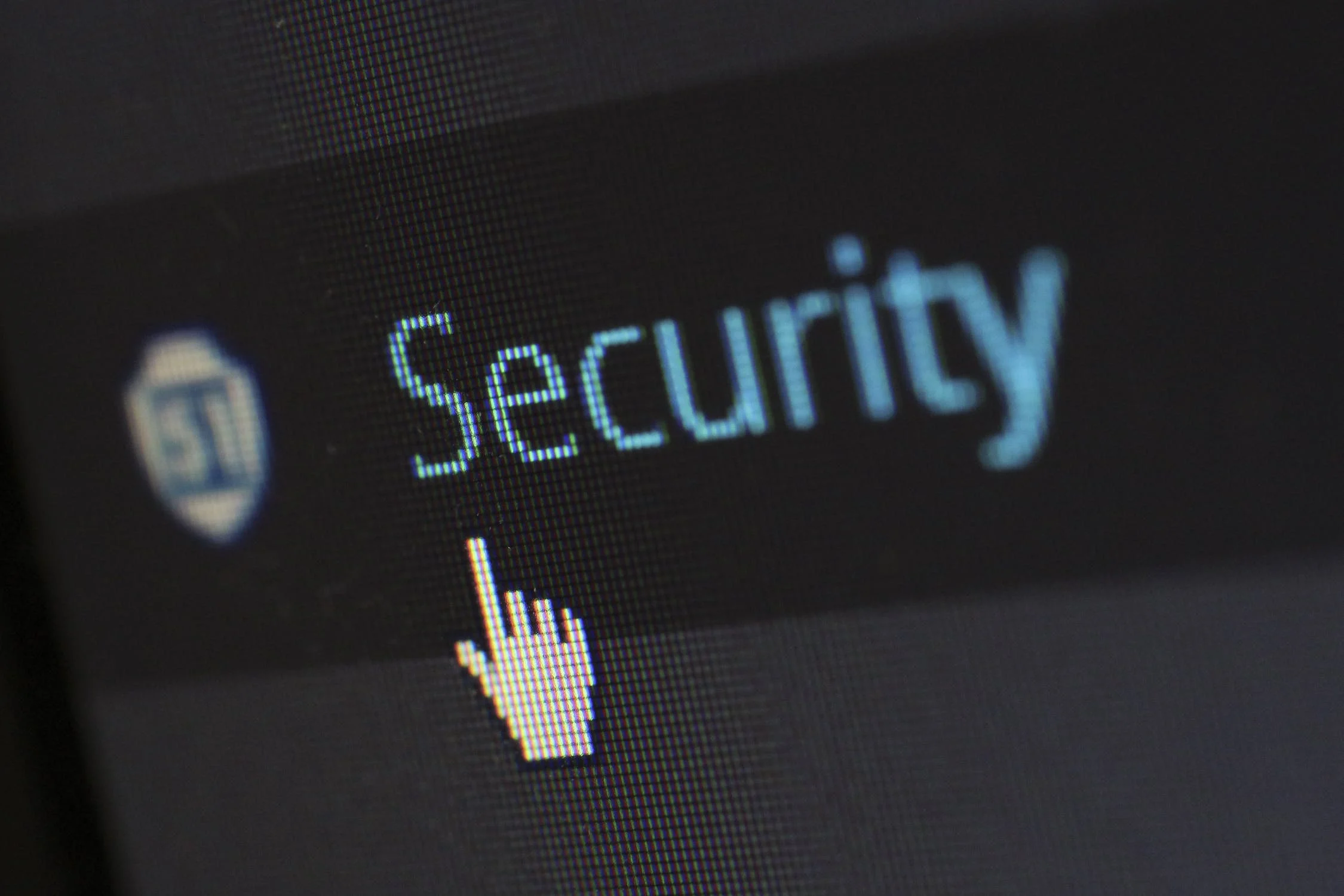With more and more of our lives and our business operations moving into the digital realm, data security has never been more important. Our computer systems are being packed full of ever-growing amounts of data, including financial details, identity documents, and sensitive information that could be damaging if it got into the wrong hands.
Everyone has a responsibility to protect themselves and their data, but a bigger burden is bestowed upon businesses since they are likely to be engaging in activities that make them a larger target for cybercriminals.
For example, while you need to protect your own bank statements, a bank holds the statements and account information for every single one of its customers. Therefore, breaching an individual’s computer might provide a payday for a nefarious operator, that same criminal could make off with much more if they could breach a bank’s system.
While your business might not operate on the size of a multinational bank, you still need to take steps to secure your computer systems and the data that you store on and transmit through them.
Thankfully, you don’t need to have a degree in computer science to do it, there are some simple steps you can take to fortify your digital systems.
Enforce Strong Passwords
In the 21st century, you can’t get very far without needing to use a password. They restrict access to everything from our computers to our bank accounts, and everything in between.
But as we are required to use more passwords, it becomes impossible to remember them all.
To compensate, many people use simple words. The problem is that these passwords are easy to guess, with special computer programs able to try thousands of common choices every second.
To stop this, it’s best to enforce password policies on your computer systems that require users to select one that is complex. Some experts recommend using a password that contains lowercase and uppercase letters, numbers, and special characters, while others suggest making a longer password that contains three random words. In both cases, these are difficult to guess and, therefore, harder to hack.
Use Multi-Factor Authentication
Even strong passwords aren’t enough, which is why it has become best practice for multi-factor authentication to be used for logging in.
You may be familiar with this type of security as it is already used by many big brands online. For example, PokerStars uses the RSA Security Token for its MFA, while Google has created its own app called Google Authenticator. Facebook, on the other hand, uses a range of different options, including having its apps send you a prompt asking you to approve or reject a login attempt.
While some systems are more secure than others, they are all better than not using any form of MFA at all. Therefore, it’s not overly important which one you use, just that you have it set up on your business’ systems.
Encryption
Passwords only take you so far. There are often ways that skilled hackers can bypass a password and gain access to the document or system that it is supposed to be protecting.
For example, the ZIP file format supports password protection, but it is possible to remove it and gain access to the files inside it.
That’s where encryption comes in. This is a technical process that uses complicated mathematical equations to scramble the information so that only the people with the password (or other form of key) can gain access to it.
There are many different ways you can implement encryption. For example, you can use a VPN like NordVPN to encrypt the data that is transmitted between your computer and the websites you connect to on the internet.
Tools like Microsoft’s BitLocker can be used to encrypt files that are stored on a computer or removable media too. It can also be used to encrypt the entire computer, ensuring no data can be accessed if it is physically stolen and the hard drive connected to an external reader.
